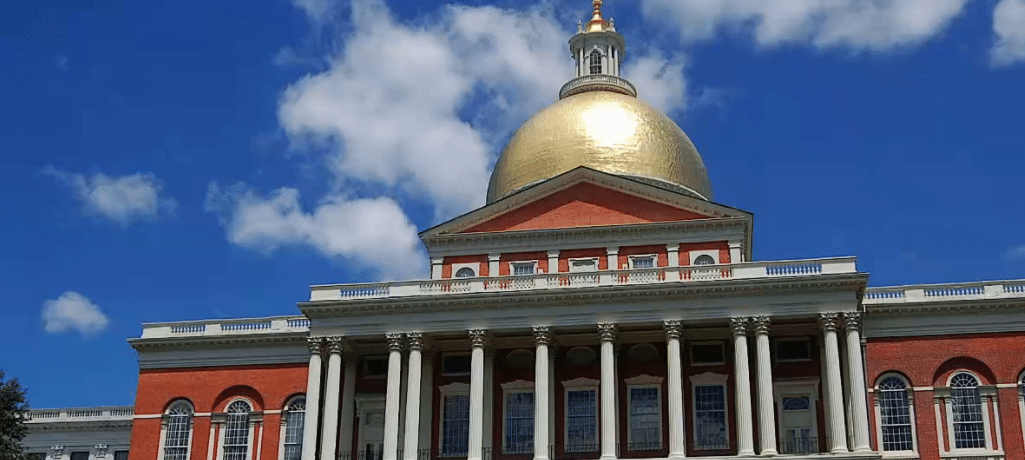The Solar Massachusetts Renewable Target (SMART) program, which replaces Massachusetts’ successful solar renewable energy credits (SREC) program, is a multifaceted set of incentives including a declining block grant incentive paid on a per kilowatt-hour basis.
And now the state has made its first request for proposal (RFP) under the new system – a call for project bids to total 100 MW of new solar capacity. Starting on November 27, applications will be accepted for this first block of projects, with an application deadline of December 5. The results will set compensation rates for the new program and will be announced no later than January 11.
“With the movement away from SRECs to long-term fixed price contracts, the SMART program is substantially reducing longer term revenue risk in solar projects,” said Tony Clifford, chief development officer of Standard Solar, a leading solar energy company specializing in the development and financing of solar electric systems nationwide. “This risk reduction will make Massachusetts solar projects easier to finance.”
“We’re looking forward to seeing the resulting incentive levels under the new program. We think this will help the solar industry continue to grow in the state.”
Under the SREC program, Massachusetts installed 1,600 MW of solar, so when Gov. Charlie Baker came into office in 2015, he had the unenviable task of trying to keep such explosive growth going while reforming the previous incentives. After extensive consultation with stakeholders across the spectrum, Baker’s administration designed the SMART program, which the governor believes will generate 1,600 MW more in solar development – doubling the current installed capacity in the state.
SMART will pay rooftop solar customers incentives as a declining block “adder” combined with the state’s net metering program. Initial prices are set by auctions such as the 100 MW solicitation, with a multiplier for smaller projects. The program also provides specific rates for projects on landfills, brownfields and solar canopy structures that the state feels are particularly important to encourage. In the latest program design, caps on individual adder categories were eliminated.
The new program encourages solar projects 5 MW and smaller, with strict regulations in place to avoid larger projects being built in multiples of 5 MW. Such system-gaming has been a problem in other states with similar programs and has led to utility pushback in those states.
“This week’s RFP announcement is another step in the transition from SREC II incentive program to the new SMART,” said Dave Gahl, SEIA’s director of state affairs for the Northeast.
This content is protected by copyright and may not be reused. If you want to cooperate with us and would like to reuse some of our content, please contact: editors@pv-magazine.com.








By submitting this form you agree to pv magazine using your data for the purposes of publishing your comment.
Your personal data will only be disclosed or otherwise transmitted to third parties for the purposes of spam filtering or if this is necessary for technical maintenance of the website. Any other transfer to third parties will not take place unless this is justified on the basis of applicable data protection regulations or if pv magazine is legally obliged to do so.
You may revoke this consent at any time with effect for the future, in which case your personal data will be deleted immediately. Otherwise, your data will be deleted if pv magazine has processed your request or the purpose of data storage is fulfilled.
Further information on data privacy can be found in our Data Protection Policy.